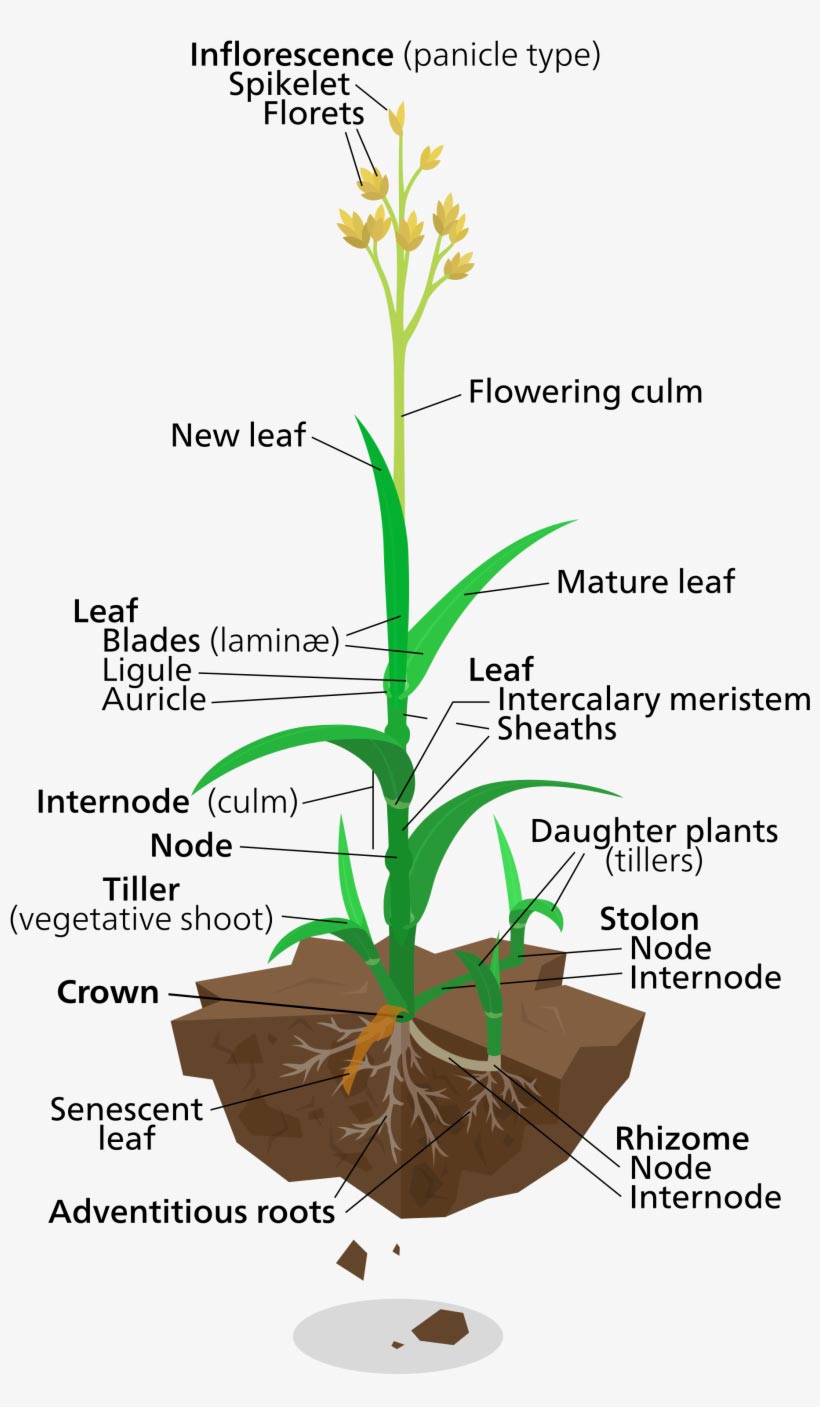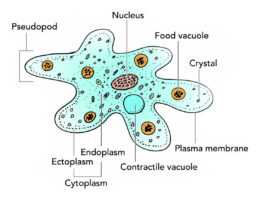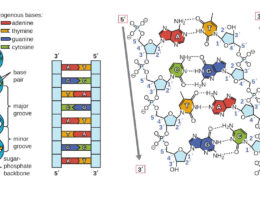Skip to content

- Blade: The blade is the flat, green part of the grass plant that is visible above the ground. It is the site of photosynthesis, where the plant produces food using energy from the sun.
- Sheath: The sheath is the part of the grass plant that surrounds the stem at the base of the blade. It helps to anchor the blade to the stem.
- Stem: The stem of the grass plant supports the blade and allows it to stand upright. It also contains the vascular tissue that transports water and nutrients throughout the plant.
- Node: The node is the part of the stem where the blade and sheath are attached. It is an important point for growth and development.
- Crown: The crown is the base of the grass plant, where the roots and stems originate. It is located at or just below the soil surface.
- Root system: The root system of a grass plant is composed of many thin, fibrous roots that anchor the plant in the soil and absorb water and nutrients.
- Adventitious roots: Adventitious roots are roots that arise from the stem or other parts of the plant rather than from the main root system. In grass plants, adventitious roots can help anchor the plant and absorb additional water and nutrients.
- Rhizome: A rhizome is a modified stem that grows horizontally beneath the soil surface. Grasses like Bermuda and Zoysia spread through rhizomes.
- Stolon: A stolon is another type of modified stem that grows horizontally along the soil surface. It can form new roots and shoots to produce new plants.
- Awn: An awn is a bristle-like appendage that extends from the top of the blade. It can help protect the plant from herbivores or aid in seed dispersal.
You may also like these posts



